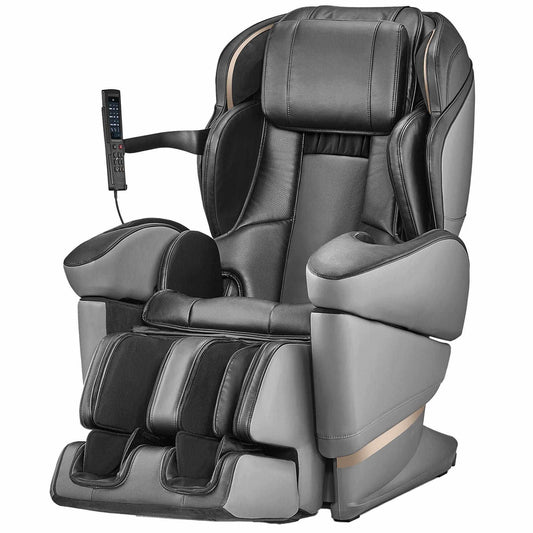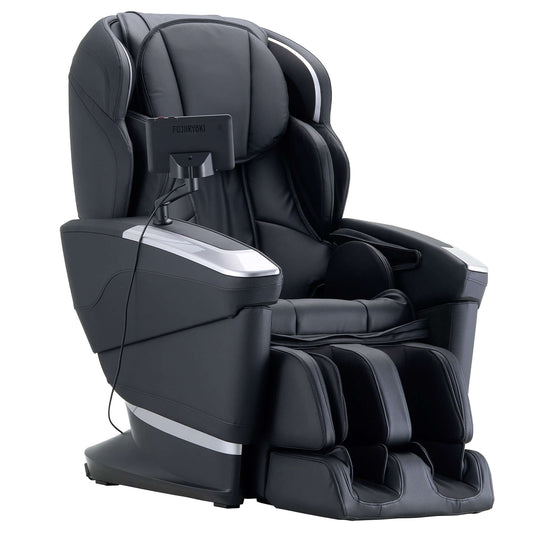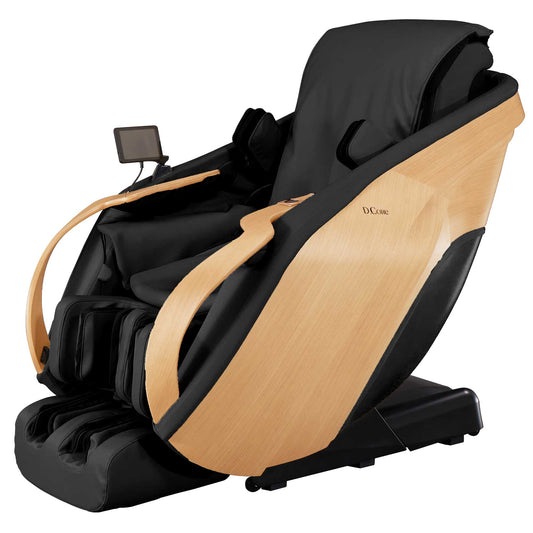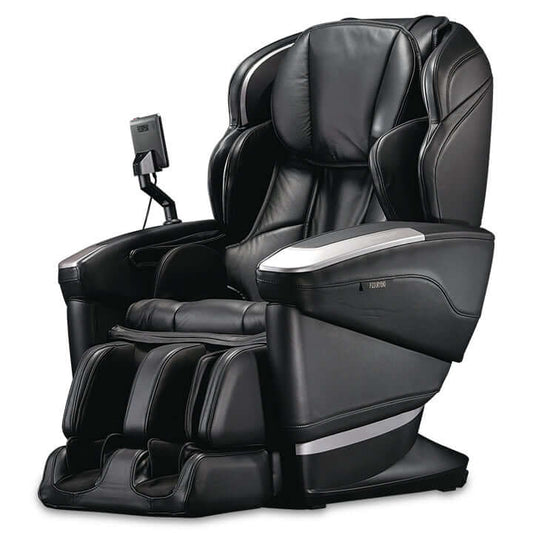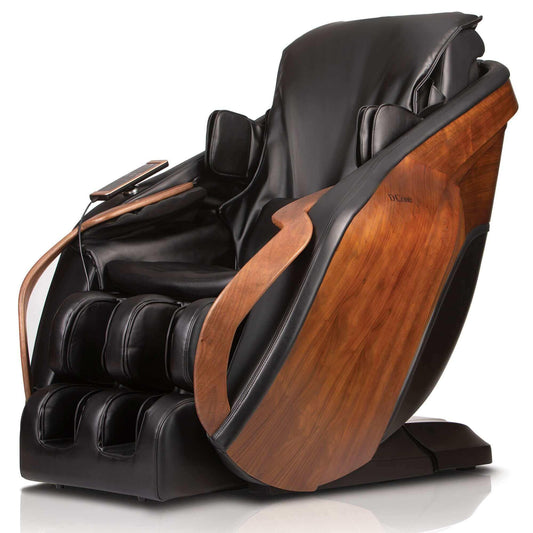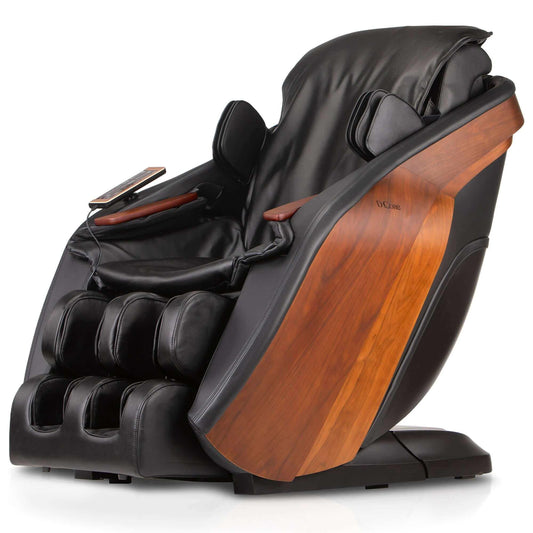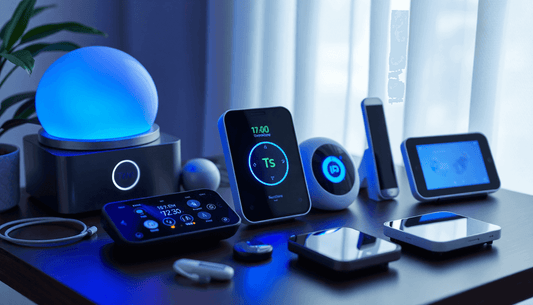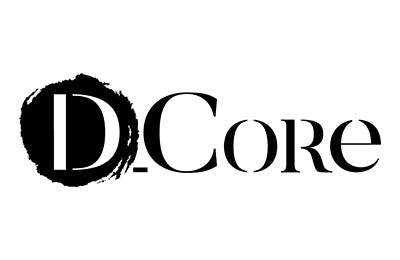
How to Choose the Best Electric Massager for Your Needs
Understanding Different Types of Electric Massagers
Electric massagers come in various forms, each designed to meet specific therapeutic needs:
Handheld Massagers: Portable and versatile, ideal for targeting precise areas such as shoulders or legs.
Percussion Massagers: Utilize rapid, repetitive strokes to deeply penetrate muscle tissue; beneficial for athletes.
Shiatsu Massagers: Mimic finger pressure techniques, often incorporating heat for enhanced relaxation.
Foot Massagers: Specially designed to relieve foot pain and improve circulation with rollers or kneading mechanisms.
-
Wearable Massagers: Include belts, wraps, and pads to provide hands-free relief for back, neck, or joints.
Key Features to Consider When Choosing an Electric Massager
When selecting an electric massager, several key features are crucial to ensure optimal performance and satisfaction.
Massage Techniques: Different massagers offer various techniques such as shiatsu, percussion, or vibration. Consider which technique suits specific needs.
Intensity Levels: Adjustable intensity levels allow for customization based on pain tolerance and desired comfort.
Heat Function: Heat can enhance relaxation and pain relief, making a heat function a valuable addition.
Portability: Portable designs are practical for use at home, the office, or while traveling.
Power Source: Choices include battery-operated or plug-in models, depending on convenience and usage patterns.
Ease of Use: User-friendly controls and ergonomic design enhance the overall experience.
Durability: High-quality materials and construction assure longevity and consistent performance.
Noise Level: A quieter massager can provide a more relaxing experience, particularly in shared or quiet environments.
Additional Attachments: Various heads or attachments can target different muscle groups effectively.
Assessing Your Specific Needs and Preferences
Evaluating individual requirements and preferences is crucial when selecting an electric massager. Consider the following factors:
Massage Type: Determine whether vibration, percussion, or shiatsu best suits the user’s needs.
Intensity Levels: Evaluate the range of intensity levels to accommodate varying sensitivity and desired pressure.
Target Areas: Identify specific body areas requiring attention, such as back, neck, or feet.
Portability: Consider weight and size for ease of transport.
Ease of Use: Look for user-friendly controls and ergonomic design.
-
Additional Features: Assess the value of extras like heat, adjustable heads, or auto-shutoff.
Evaluating Product Quality and Brand Reputation
When evaluating an electric massager, several factors must be considered to ensure high quality and reliable brand reputation:
Customer Reviews: Research customer feedback on various platforms to gauge real-world performance.
Brand History: Look for established brands with a track record of producing quality products.
Warranty: A substantial warranty often indicates the manufacturer’s confidence in their product.
Certifications: Check for quality certifications like FDA approval or CE marking.
Material and Build: Assess the materials used and overall build quality of the massager.
-
Customer Support: Reliable brands offer accessible and responsive customer service.
Budget Considerations and Cost-Benefit Analysis
When choosing an electric massager, consider the following budgetary aspects:
Initial Cost: Evaluate the upfront cost against your budget.
Long-Term Savings: Compare the expense of regular spa visits versus a one-time purchase.
Feature Set: Determine if additional features justify a higher price.
Durability: Assess the product’s lifespan relative to its cost.
Warranty and Customer Support: Check if extended warranties and reliable customer service add value.
Energy Consumption: Estimate ongoing electricity costs.
-
User Reviews: Analyze testimonials to gauge satisfaction and potential hidden costs.
Reading Reviews and Seeking Professional Advice
Reading reviews provides insights into real users’ experiences. Prospective buyers should consider both positive and negative feedback. They should check multiple sources to get a well-rounded view.
Seeking professional advice can further refine the decision-making process. Professionals such as physical therapists or chiropractors may provide tailored recommendations based on specific therapeutic needs.
Tips for Reading Reviews
- Check Credibility: Prefer reviews from verified purchasers.
- Analyze Trends: Look for recurring themes in feedback.
- Consider Specific Needs: Focus on reviews that match personal requirements.
Consulting Professionals
Ask for Referrals: Inquire about trusted brands.
Discuss Specific Issues: Communicate particular pain points.
-
Seek Demonstrations: Request in-office product demonstrations.
Making the Final Decision and Purchase
Consider the shortlisted massagers, weighing factors like price, brand reputation, and warranty.
- Compare Prices: Check multiple retailers for competitive pricing.
- Review Brand Reputation: Select brands known for high-quality products and customer service.
- Check Warranty: Ensure a sufficient warranty period is offered.
Additional steps include:
- Customer Reviews: Read user feedback for real-world performance insights.
- Return Policy: Verify the return policy in case the product doesn’t meet expectations.
- Accessories: Consider any included accessories that add value.
Informed decisions are crucial for long-term satisfaction with the purchase.

